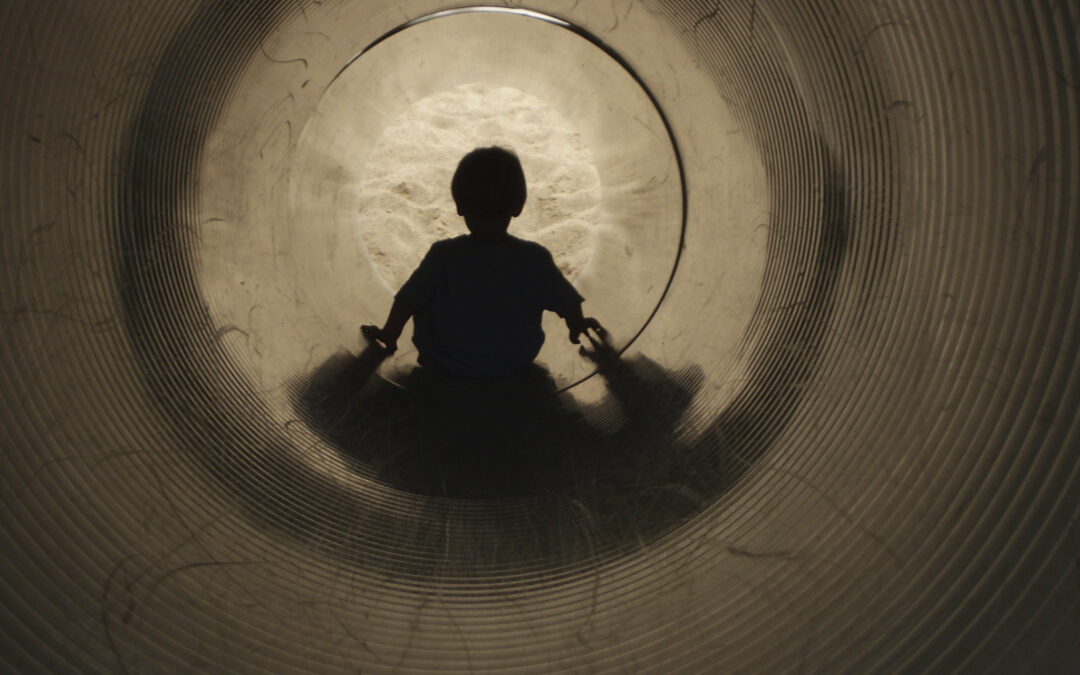Another study. Another confirmation that our youth are struggling with their or their peers’ mental health.
In fact, student mental health experiences are now dramatically, and negatively, impacting the academic purpose of schools. According to the latest YouthTrust Student Survey, “‘Depression, stress, and anxiety’ is the most prevalent obstacle to learning for secondary students at every grade level, six through twelve.”
Many schools are stepping up, and hiring new counselors, social workers, psychologists, and other professionals that can support students experiencing mental health challenges. They are bringing in more social-emotional learning resources for students. Yet, student mental health continues to decline.
Schools could simply be in a transitory position, waiting for new staff and resources to “work”. Or they could be focusing on the “emergency” and not stopping it. If a dam is leaking, it is important to evacuate those most at risk; but shouldn’t we also be working overtime to repair the dam?
Repair the Dam: Focus Upstream
In this metaphor, the dam is our effort to build inclusive school cultures around mental health. Inclusive cultures offer environments where prevention and early intervention thrive. They promote school connectedness, normalize conversations, promote good mental health, encourage help-seeking, reduce stigma, and educate students, families, and educators.
When students are in inclusive cultures, they:
- recognize mental health is just as important as physical health.
- talk normally about their experiences and challenges around mental health.
- can easily identify a trusted adult they can speak with.
- are comfortable seeking help earlier, preventing a worsening of their mental health experience.
The Tools That Work
To be effective, schools need tools, programs & resources that promote an inclusive school culture. The good news – the tools exist, they work, and they are free.
Erika’s Lighthouse four pillars are specifically designed to promote inclusive school cultures through a suite of turn-key, accessible, no-cost programs and resources that schools can implement.
- Classroom Education builds shared values and a common vocabulary promotes good mental health and encourages help-seeking.
- Teen Empowerment engages students, giving them the tools to normalize conversations and implement schoolwide activities around mental health.
- Family Engagement educates families and encourages good mental health at home.
- School Policy & Staff Development prepares staff to be trusted adults, identify the signs and symptoms of depression and suicide, and normalize their perspectives on mental health.
The four pillars Erika’s Lighthouse has identified should exist in every school. We need to ensure every partner: educators, students, and families are positively impacted.
Smarter, Better, Easier
Implementing new programs can be difficult, but when completed strategically and thoughtfully, it can build staff capacity, student connectedness, and well-being.
Erika’s Lighthouse programs are designed to accomplish this:
- Turn-key programs that can be implemented by any educator.
- Multi-disciplinary outlines so responsibilities can be shared among departments.
- Resources that empower students to take the lead in their communities.
- Staff training and family programs that can be self-led or completed in live groups.
- And, of course, prevention reduces intervention.
Go upstream, start early, build inclusive school cultures, and ensure that your students are empowered to manage their mental health. Schools will see improved mental health, reduced intervention caseloads, and additional staff capacity to improve student learning.


